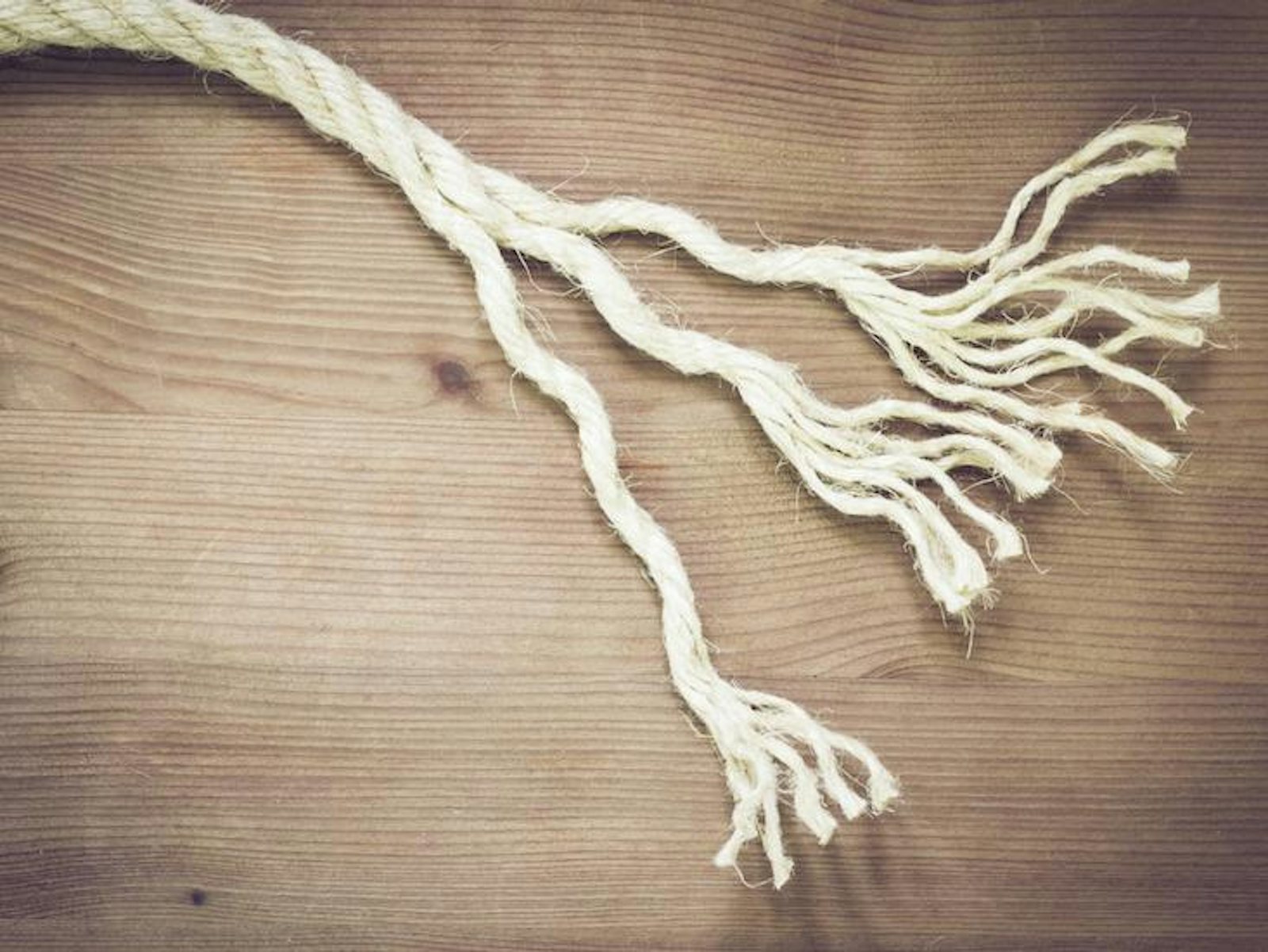When I published Life’s Ratchet four years ago, I was focused on how life can create and sustain highly ordered systems in the presence of the surrounding molecular chaos—how molecular ratchets, in other words, “extract order from chaos.” To my surprise, the book generated great interest in the area of aging research. Aging, says Ed Lakatta, chief of the Laboratory of Cardiovascular Science at the National Institute on Aging, extracts “chaos from order.”
As part of this surprising interest, I was recently invited to write an article for Nautilus, which generated a considerable volume of comments, including this comment thread at Hacker News. I’d like to reply to some of these comments here.
Some recurrent themes in the comments are that 1) we are open, thermodynamic systems and therefore not subject to an increase in entropy (as we can always get more low-entropy energy from the environment); 2) our cells have repair systems that can take care of any damage that may happen; and 3) there are “immortal” cells and organisms, contradicting my claim that aging is inevitable.
The first and second points have essentially the same answer: It is absolutely correct that we are open systems. This is what I describe in detail in Life’s Ratchet. The intake of low-entropy energy is the reason our molecular machinery can extract order from molecular chaos. However, molecular chaos is always present, and microscopically, molecules in our cells are continuously damaged. Unlike other thermodynamically open, self-organized systems, such as a hurricane, living systems are incredibly tightly controlled systems, consisting of complex interlocking feedback and regulation loops. These feedback loops are all reliant on superbly adapted and constructed molecular machines, undamaged DNA to provide the blueprint, and timely and accurate regulation and signaling. These systems interact across a hierarchy of molecules, organelles, cells, cell-cell interaction, tissues, organs, and organisms. They have a lot of reserve, redundancy, and repair systems built-in.
The repair systems in our cells are superb—they allow us to live to 80-plus years. Could we live even longer?
However, eventually some of these systems become subtly damaged. Energy supply slows down, signaling chains become disrupted, feedback loop-timing is a bit off, damaged molecules are not cleared from cells and accumulate, molecular machines loose function, or fail to be activated. This loss of function causes additional loss of function in other systems, because of the mutual interdependence of all systems in the organism. This leads to an increasing cascade of failure.
The start of this process is simply a matter of probability across a vast number of cells and functions. You can try to prevent one system from failing, but there are plenty others that will fail instead. And the system that one has tried to prevent from failing is dependent on the others, so it will not be unaffected in the long run anyhow. The repair systems in our cells are superb—they allow us to live to 80-plus years. We live longer than any mammal of comparable size and heart rate. Could we live even longer? In principle, the repair systems could be improved, but the sheer complexity makes this a prospect that will take many, many years. But we will always be subject to the game of probabilities, which we will lose in the end.
To the third point, some readers have mentioned that there are “immortal” organisms. One thing one notices about these immortal organisms is that they are all very simple: typically single-celled or at least highly undifferentiated. Examples are bacteria, but also creatures like the so-called “immortal jellyfish.” The immortal jellyfish goes through a stage where it reverses its developmental process; in essence, it reverts from an adult back to a larval stage, which then can develop into new adults. This can, it seems, go on indefinitely, rendering the jellyfish “immortal.”
This, at first sight, seems amazing. However, in some sense, humans do the same thing! Our germ lines are also “immortal.” But this is different from aging of an adult, complex individual. Compared to maintaining molecular and systemic order in a complex organism over many years, keeping the DNA in a human egg reasonably stable is a relatively easy task. Nevertheless, even there, there is degradation over time. This is the main reason that we reproduce generally at a young age and that birth defects become more prevalent for aging mothers and fathers.
As for the jellyfish, as adults, they are clearly not immortal, as they have to “die” to revert back to a larval stage. Also, most likely not all jellyfish will make this conversion successfully, so “immortality” is on the population level, not on the individual level. But if that is the definition of “immortality,” then humans are immortal as well! But we would not usually use that definition.
As an important aside, regular (somatic) human cells can also become immortal. This is called cancer. Cancer and aging are two sides of the same molecular disorder coin. If our cells would not die at some point, the molecular disorder and DNA damage would continuously increase the probability for cells to go rogue and turn cancerous. The cost of keeping our cells in line is tight regulation of cell division, growth, and differentiation. The cost of this tight regulation, faced with the onslaught of thermal and chemical damage, is aging.
Peter Hoffmann is a professor of physics at Wayne State University and the associate dean of research in the College of Liberal Arts and Sciences.






























